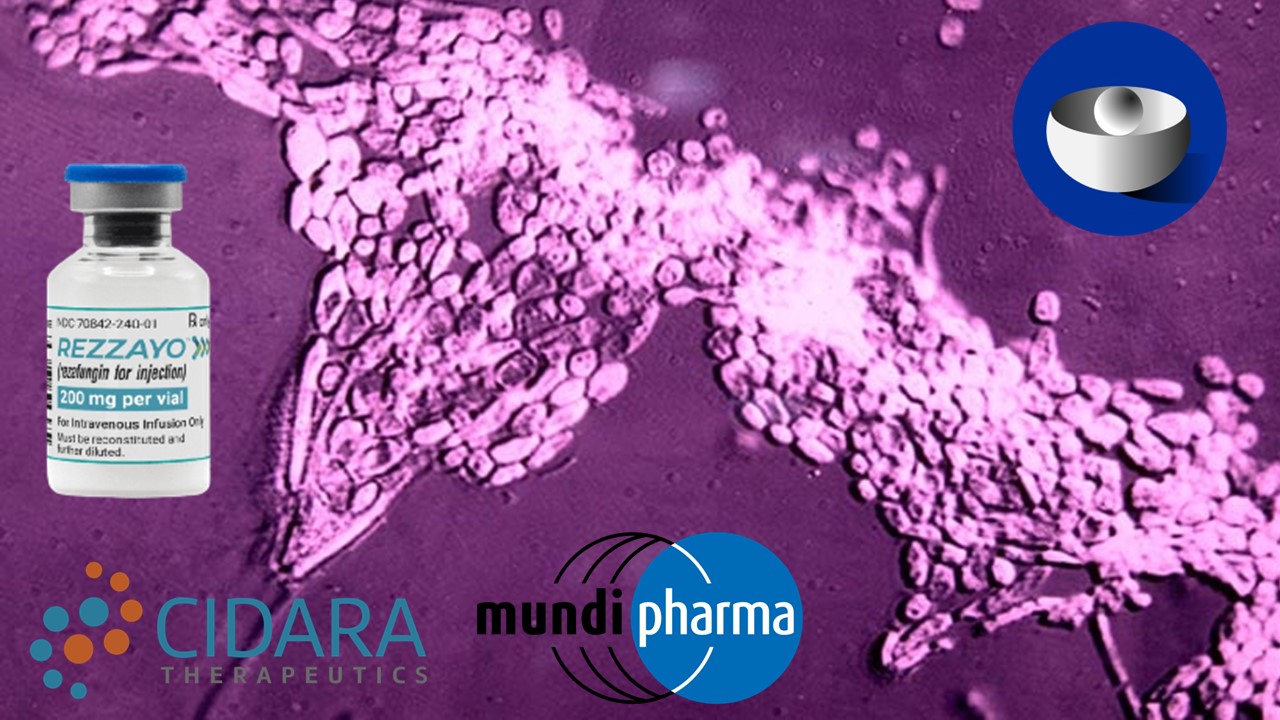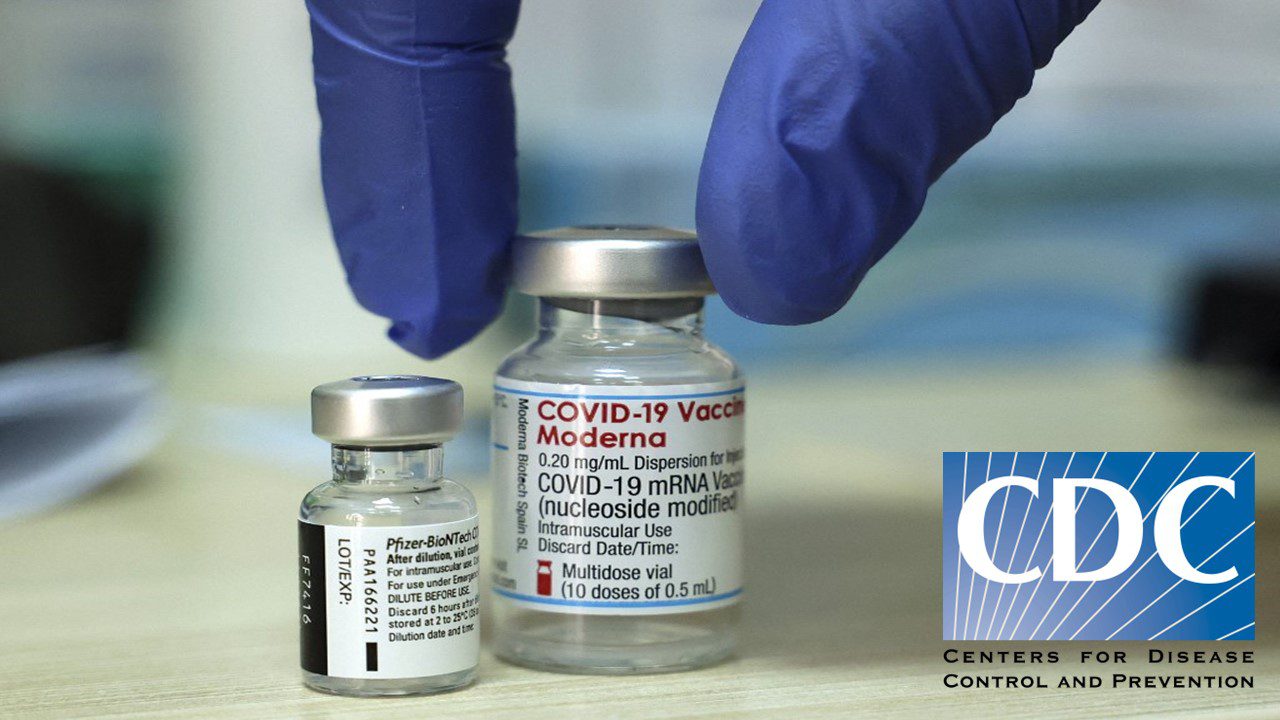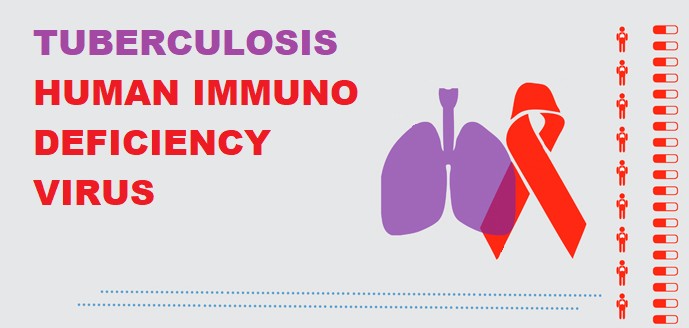After a tumultuous spring, the world enters a third summer with COVID-19 on the horizon. China continues to face turbulence as its insistence on a dynamic zero COVID policy faces increasing challenges by reality. The industry still tries to find the best way forward in regards to vaccine design and development – and what the best way to remain proactive in the face of an evolving pandemic is. Additionally, new and innovative technologies that were previously on the fringe of mainstream science are now starting to emerge as viable solutions to the challenges raised by the pandemic – much like we saw with mRNA vaccines.
Growing Concerns in China
Shanghai saw some of the strongest non-pharmaceutical interventions implemented on the planet for two entire months. The majority of those measures were lifted earlier last week, with the public allowed to return to open spaces and businesses reopening. However, the draconian measures and the zeal with which they were enforced have created a lasting sense of bitterness towards local and national governments – with multiple posts on WeChat echoing these sentiments, many of which face censorship. The Chinese government refuses to describe the measures in Shanghai as a lockdown and has cautioned media to avoid using the phrase, instead preferring to characterize it as “static management mode”.
Public confidence in the feasibility of Shanghai as a business center has been shaken after seeing the lengths Chinese authorities were willing to go to with the goal of maintaining their zero COVID policy. Additionally, after the identification of seven new COVID cases, four neighborhoods in Shanghai are seeing the reimposition of lockdown measures just days after the city was meant to re-open. This acts as a reminder that the austere policy pursued by China, consisting of mass testing, extensive quarantining of primary and secondary contacts and sudden lockdowns, is likely to continue.
Similar sentiments were seen as measures were lifted in other cities – with Beijing reopening its restaurants. Critics argue that efforts should focus on vaccinating more of the vulnerable population segments rather than draconian enforcement and mass testing – particularly as less than half of the over-80s are jabbed. China has additionally still not approved any foreign vaccine for domestic use – including the most effective mRNA vaccines.
The Future of Vaccines
In trends that see the pandemic prompt continued innovation, we may be on the cusp of seeing the first inhaled vaccines for SARS-CoV-2. Vaccine delivery by inhalation is not a new concept – having been developed to fight other respiratory diseases such as tuberculosis. However, development for the technology stalled, in large part because of the lack of urgency and resources for responding to respiratory illnesses that plague low and middle income areas of the planet. Advantages of using inhalation as a delivery method include the need for a lower dose – as the vaccine is delivered directly where the body will use it. This also leads to more localized effects – minimizing the risk of any adverse events.
The inhaled vaccine has been developed to target multiple proteins in the SARS-CoV-2 virus, with its multivalency granting it longer-lasting and more durable responses. It is currently in Phase I trials evaluating its safety. Prior to the pandemic, mRNA vaccines had yet to make their first commercial impact – inhaled vaccines may soon follow the path carved out by that technology. The research behind the vaccine, which uses an adenovirus vector, shows that it retains potency against ancestral and variant strains of the virus – possibly pre-empting future variants, as well.
The conversation on adapting vaccines as the SARS-CoV-2 pandemic evolves is ongoing. We also see other potential candidates make progress, such as vaccines containing mixtures of spike proteins from various sarbecoviruses (the subgenus SARS-CoV-2 belongs to) which promise to induce broader antibody responses to infection. A vaccine based on this model is currently being trialed by researchers at the University of Cambridge.
In findings that mirror prior research, a research study involving a sample size of over 28,000 patients has concluded that vaccinations lead to a lessened presence of long COVID symptoms. This lends further credence to prioritizing vaccination in lowering disease burden. However, the logistics of doing so are complicated – much as we saw in China, where public health policy is adopted based on political and nationalistic concerns. The situation becomes even more complicated elsewhere – with studies showing the increasing risks for COVID in Ukraine, as the conflict in the region throws health infrastructure into disarray.
Perhaps one of the more important lessons learned so far in the pandemic is how we deal with the “infodemic” that accompanies it. Public health officials and scientists that hope to contribute to a sound collective response to such emergencies. The pandemic has shown us that data can be abundant and quickly generated – but its quality may be questionable; experts argue that we should be slower to draw conclusions from emerging data in the future, in order to ensure we only use high quality data. Equally important is remembering that the members of the public are not scientists – changing the message sent out from public health authorities is often necessary due to changing data and new understandings, as is often the way of science. But this can shake public confidence and cause confusion.
Subscribe
to get our
LATEST NEWS
Related Posts

Infectious Diseases & Vaccinology
Rezzayo™’s Latest EU Approval for Invasive Candidiasis Breaks Ground in Antifungal Therapy
Rezafungin marks the initial addition to the treatment arsenal for patients grappling with invasive candidiasis in more than 15 years.

Infectious Diseases & Vaccinology
Unmasking the Shadow: CDC Battles the Latest Fungal Meningitis Outbreak in Matamoros, Mexico
CDC tackles fatal fungal meningitis outbreak linked to surgeries in Matamoros, Mexico.
Read More Articles
Synthetic Chemistry’s Potential in Deciphering Antimicrobial Peptides
The saga of antimicrobial peptides unfolds as a testament to scientific ingenuity and therapeutic resilience.












